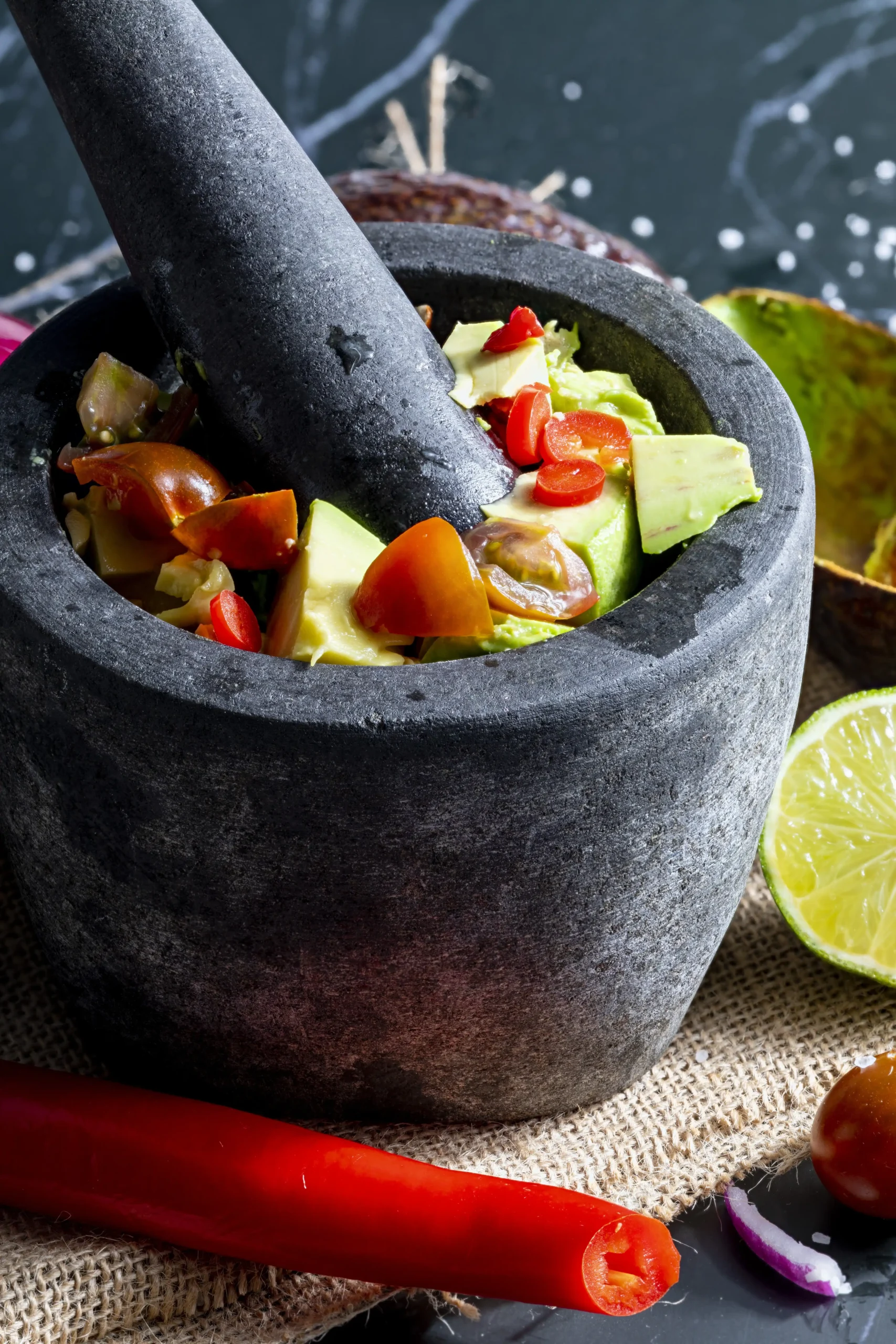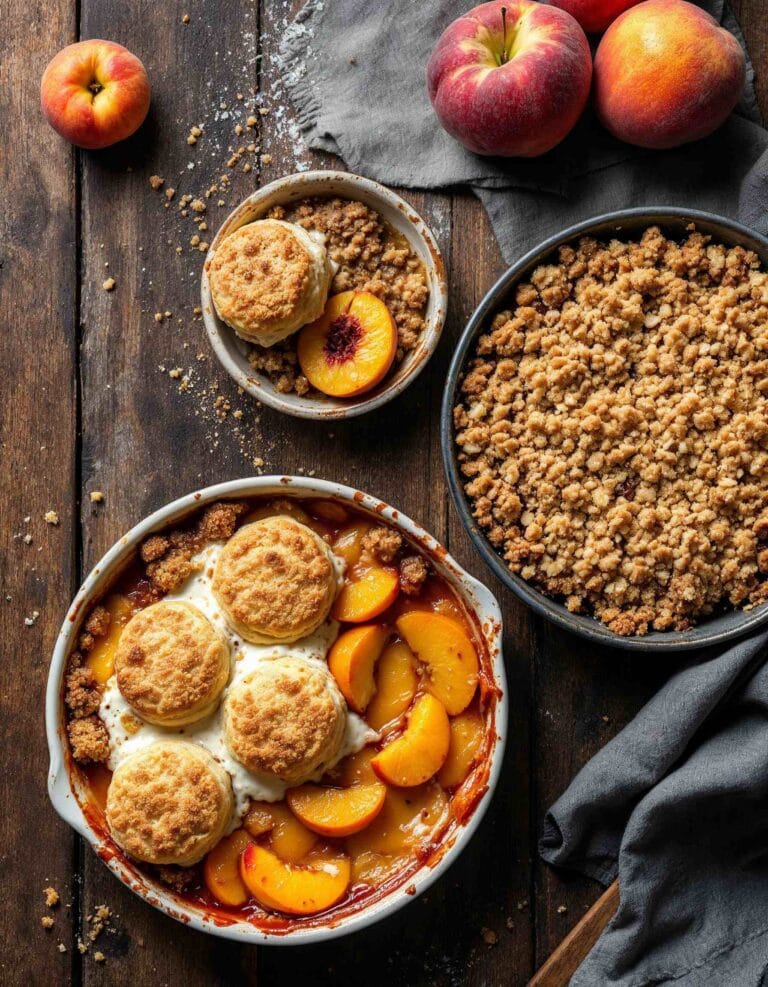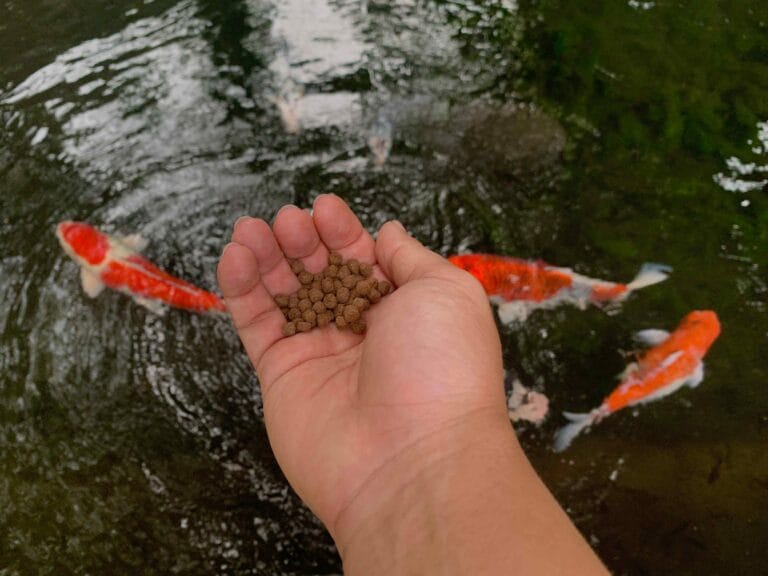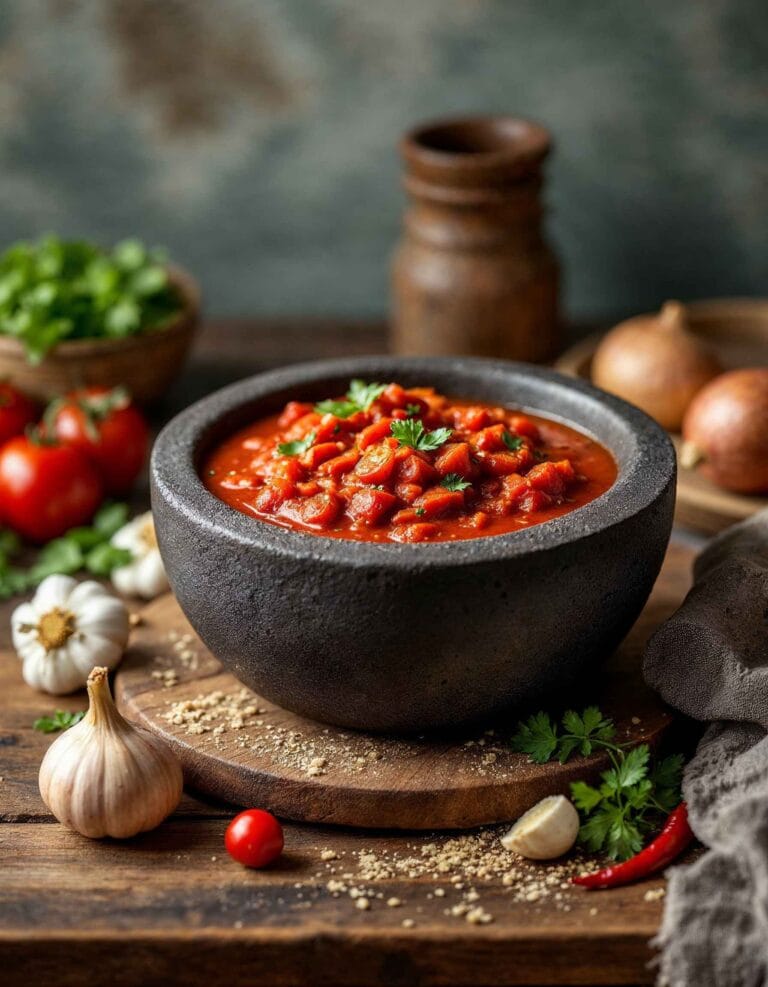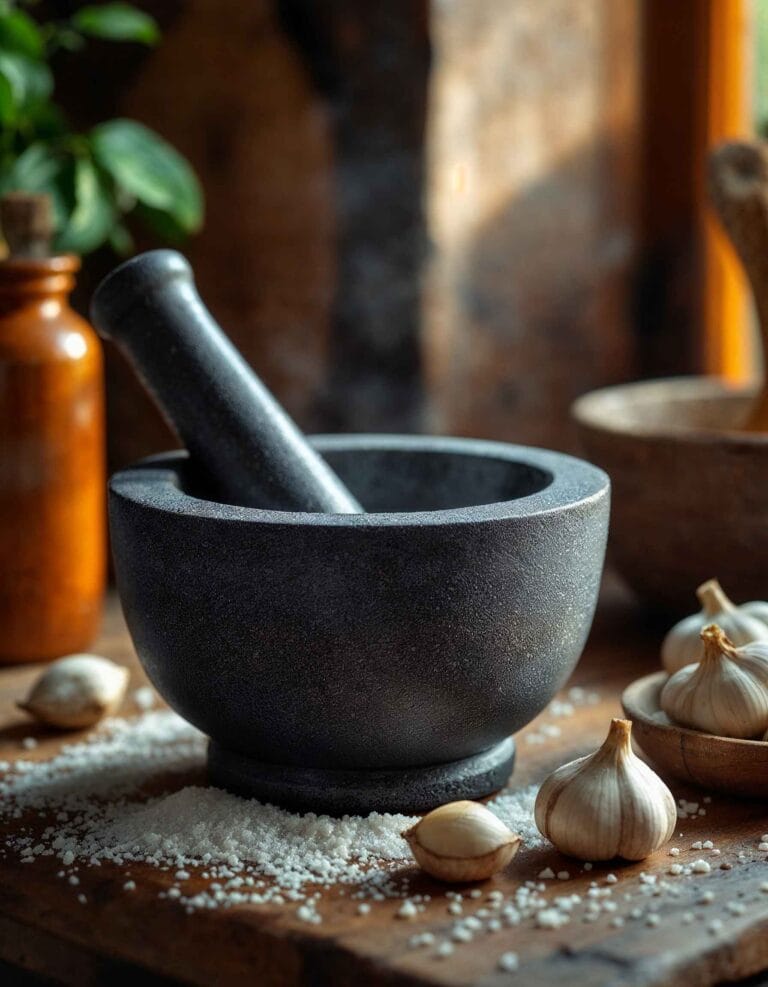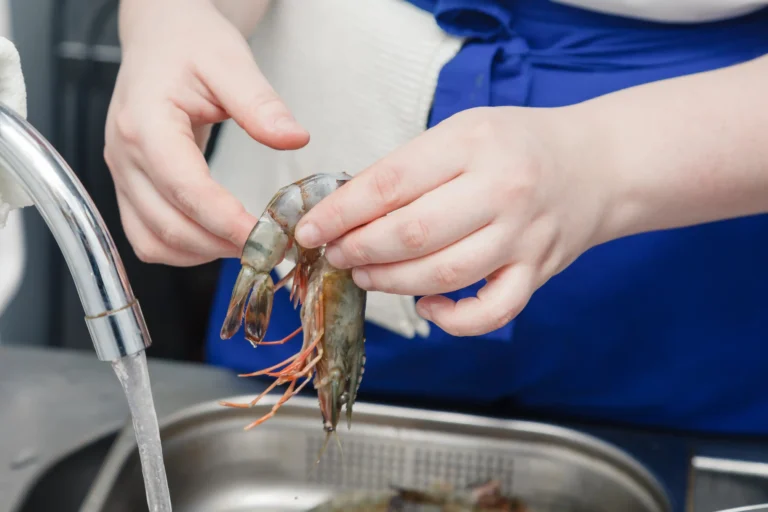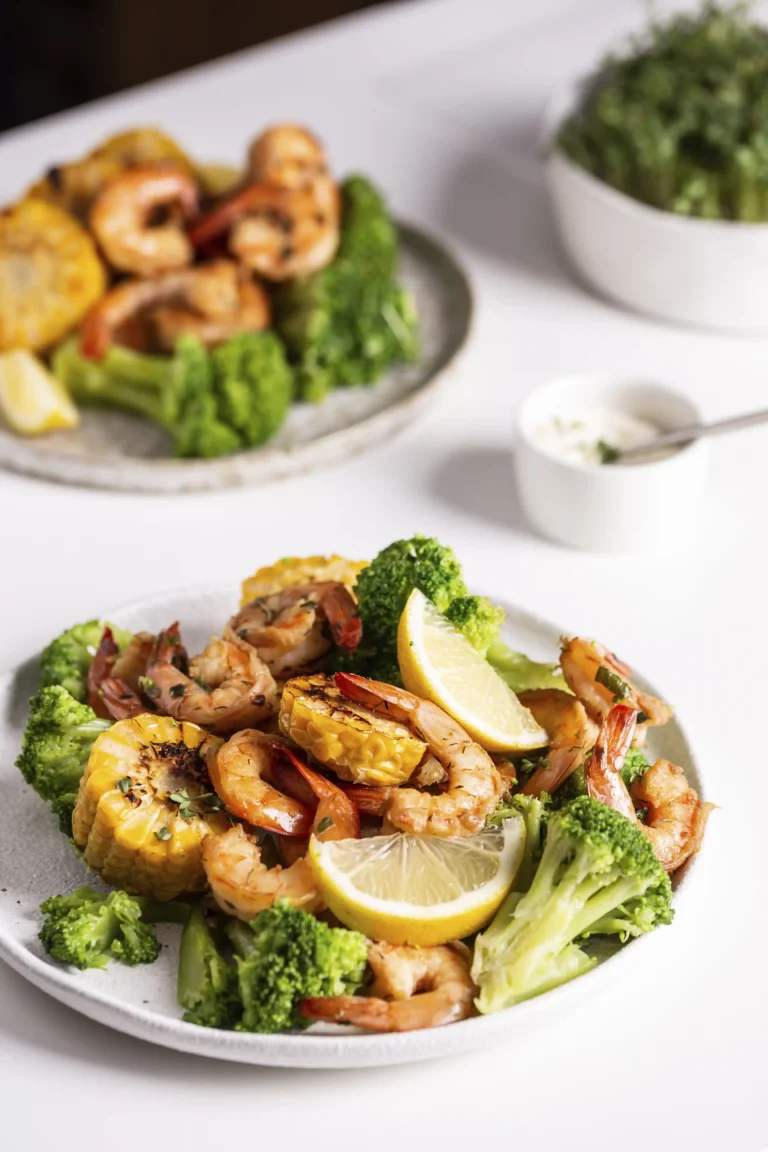What Do You Put in a Molcajete? Discover Ingredients, Uses, and Care Tips
The molcajete is a cornerstone of Mexican culinary traditions, renowned for its ability to blend flavors and textures like no other tool. This ancient kitchen utensil, typically made from volcanic stone, functions as a mortar, with its accompanying pestle known as a tejolote. Its unique rough surface is perfect for grinding, mashing, and combining ingredients, creating dishes that exude authenticity.
Originally, molcajetes were carved from basalt, a type of volcanic rock that lends the tool its distinct texture and durability. This porous material enhances the grinding process, ensuring that the ingredients’ flavors are fully extracted and harmonized. The use of the molcajete dates back thousands of years, with roots in Mesoamerican cultures where it was essential for making maize-based dishes, sauces, and pastes.
Beyond tradition, the molcajete has found a home in modern kitchens worldwide, celebrated for its versatility and the artisanal touch it brings to food preparation. Whether you’re crafting a classic guacamole, a robust salsa, or even a non-traditional pesto, the molcajete provides an unmatched depth of flavor.
The rest of the article will delve into the diverse uses of the molcajete, detailing what you can put in it, how to care for it, and why it remains an indispensable tool for food lovers and professional chefs alike.
Discover step-by-step instructions for preparing a molcajete-based recipe.
Traditional Ingredients for a Molcajete
Guacamole – Ingredients and Preparation
One of the most iconic dishes prepared in a molcajete is guacamole. The porous surface and textured interior of the molcajete help mash ingredients to the ideal consistency, creating a creamy yet slightly chunky texture that is quintessential to authentic guacamole.
The traditional ingredients for guacamole include:
- Avocados: The star ingredient, mashed to a creamy base.
- Onions: Finely chopped for a sharp, pungent flavor.
- Tomatoes: Diced to add freshness and color.
- Cilantro: Chopped to infuse the dish with herbal notes.
- Lime Juice: Adds acidity and preserves the avocado’s color.
- Salt: Brings out the natural flavors of the ingredients.
To prepare guacamole in a molcajete:
- Start by grinding a small amount of salt with the onions and cilantro to release their oils.
- Add the avocados, mashing them to your preferred consistency.
- Stir in diced tomatoes and lime juice to balance the flavors.
The molcajete not only makes the preparation easier but also enhances the taste by combining the ingredients more thoroughly than modern kitchen tools.
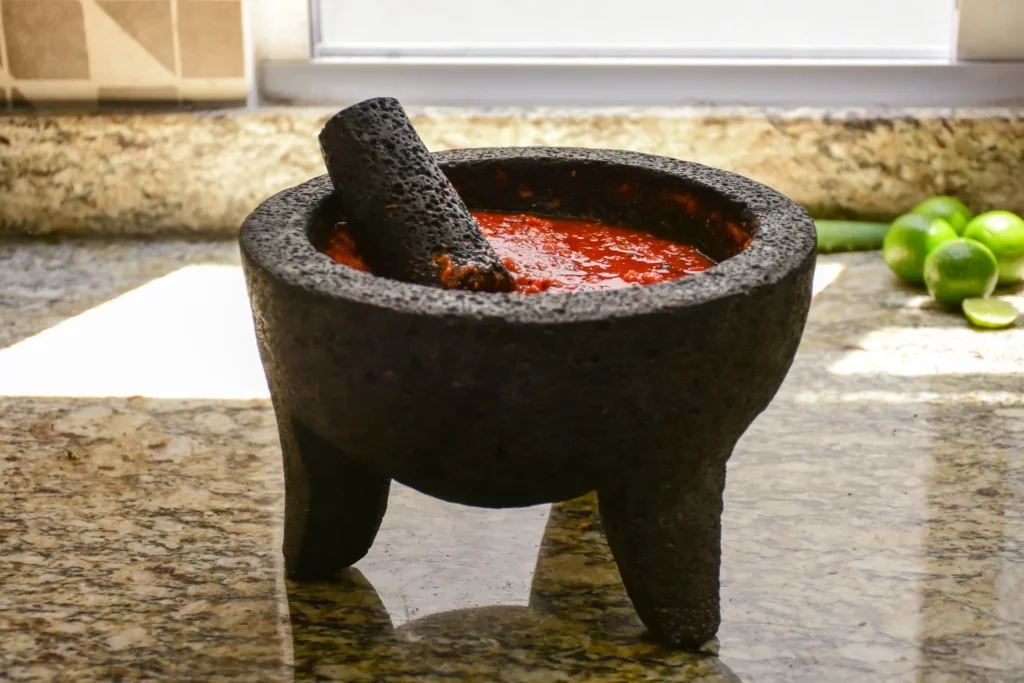
Step-by-step instructions for preparing and seasoning a molcajete.
Salsa – Varieties and Common Ingredients
The molcajete is also perfect for preparing traditional Mexican salsas. Its coarse texture helps grind the ingredients into a rich, aromatic paste that elevates the flavor profile of any dish. Common types of salsas made in a molcajete include salsa roja, salsa verde, and pico de gallo.
Key ingredients for salsas:
- Tomatoes or Tomatillos: Serve as the base for most salsas.
- Chilies: Varieties like serrano, jalapeño, or dried guajillo chilies add heat.
- Garlic: Crushed to release its intense flavor.
- Onions: Adds texture and depth.
- Cilantro: A finishing herb for freshness.
- Salt and Lime Juice: Essential for balancing flavors.
The process involves roasting or toasting chilies, tomatoes, and garlic, then grinding them together in the molcajete. The result is a salsa that bursts with authentic flavors, offering a rustic and robust texture.
Spices – Grinding Dried Chilies and Herbs
Beyond fresh ingredients, the molcajete is widely used for grinding dried chilies and spices. This traditional practice intensifies the aroma and flavor of spices, making them the perfect base for many dishes.
Ingredients often ground in a molcajete include:
- Dried Chilies: Such as ancho, pasilla, or chipotle, toasted and ground into a fine powder or paste.
- Garlic and Peppercorns: Combined with other spices for seasoning blends.
- Cumin Seeds: Crushed to release their nutty, earthy aroma.
- Coriander Seeds: Often used in sauces and marinades.
By using the molcajete, you ensure that the spices’ natural oils are released, resulting in deeper, more vibrant flavors compared to pre-ground options.
Learn about the traditional volcanic basalt material and its benefits.
Modern Uses for a Molcajete
Making Pestos and Other Global Condiments
While the molcajete is a traditional Mexican tool, its utility extends far beyond Mexican cuisine. Its sturdy and textured surface is excellent for making global condiments like pestos, chutneys, and spreads. The grinding action helps break down ingredients into smooth or coarse consistencies while retaining their natural flavors.
For instance, to make a traditional Italian pesto:
- Basil leaves, garlic, pine nuts, and Parmesan cheese are ground together in the molcajete.
- Gradually add olive oil while grinding to achieve a creamy texture.
Similarly, it can be used to prepare:
- Chutneys from Indian cuisine, combining ingredients like cilantro, mint, chilies, and spices.
- Hummus, where cooked chickpeas are ground with tahini, lemon juice, and garlic.
- Tapenade, blending olives, capers, and anchovies into a Mediterranean-inspired spread.
Using a molcajete for these preparations not only enhances flavors but also adds an artisanal touch to the final dish.
Preparing Spice Blends
Modern cooking often calls for customized spice blends, and the molcajete excels in creating these mixtures. By grinding whole spices manually, you ensure that the essential oils are freshly released, resulting in richer, more aromatic blends.
Some examples include:
- Curry Powder: A combination of turmeric, coriander, cumin, and fenugreek seeds.
- Garam Masala: A fragrant mix of cardamom, cloves, cinnamon, and nutmeg.
- Barbecue Rubs: Featuring smoked paprika, chili powder, and garlic powder for grilling meats.
The molcajete’s traditional grinding method produces spice blends that are more flavorful compared to store-bought versions, making it a favorite among chefs and culinary enthusiasts.
Mixing Marinades
Marinades benefit greatly from the use of a molcajete, as it allows for the thorough blending of spices, herbs, and oils into a smooth, cohesive mixture. Common marinades that can be made in a molcajete include:
- Mexican Adobo: Made with a base of dried chilies, garlic, vinegar, and spices, perfect for marinating meats.
- Citrus Herb Marinades: Combining lime juice, cilantro, garlic, and olive oil for seafood or poultry.
- Asian-Inspired Marinades: Using ginger, garlic, soy sauce, and sesame oil for a rich umami flavor.
By grinding the ingredients together, the molcajete ensures a marinade with consistent texture and flavor, allowing it to better penetrate the meat or vegetables.
Care and Maintenance
How to Season a Molcajete Before First Use
A molcajete requires proper seasoning before its first use to remove any grit or stone residue and to prepare it for food preparation. Seasoning ensures the surface is smooth enough for grinding while maintaining its natural texture.
Steps to season a molcajete:
- Rinse Thoroughly: Wash the molcajete and tejolote (pestle) with water to remove loose debris. Do not use soap, as it can seep into the porous stone.
- Grind Dry Rice: Place a handful of dry rice in the molcajete and grind it in a circular motion until the rice turns gray, indicating the removal of stone residue. Repeat until the rice remains white.
- Grind Garlic Paste: Add a clove of garlic, a teaspoon of salt, and a splash of water. Grind into a paste to fill the pores and eliminate any residual stone dust.
- Rinse Again: Rinse with water and let it air dry.
This process ensures that the molcajete is ready to use for grinding ingredients without affecting their taste or texture.
Cleaning Techniques for Longevity
Proper cleaning after each use is essential to maintain the molcajete’s quality and extend its lifespan. The following steps should be taken:
- Rinse Immediately: Wash the molcajete with warm water as soon as possible after use to prevent ingredients from hardening.
- Use a Brush or Sponge: Scrub gently with a brush or sponge to remove any stuck food particles. Avoid using soap, as it can penetrate the porous stone and affect future flavors.
- Avoid Soaking: Do not soak the molcajete for long periods, as it can weaken the stone over time.
- Dry Completely: Allow the molcajete to air dry thoroughly to prevent mold or mildew from developing in the pores.
For tougher stains or lingering odors, grind some coarse salt or a slice of lemon in the molcajete and rinse it clean.
Avoiding Damage to the Porous Surface
Molcajetes are durable but require specific care to prevent cracking or surface damage. Tips to protect your molcajete include:
- Avoid Harsh Chemicals: Never use bleach, detergents, or abrasive cleaning solutions.
- Limit Exposure to Extreme Temperatures: Avoid placing a cold molcajete on a hot surface or vice versa, as this can cause cracks.
- Store Properly: Keep your molcajete in a dry, stable environment to prevent accidental drops or chipping.
By following these maintenance tips, your molcajete will remain a reliable and functional kitchen tool for years to come.
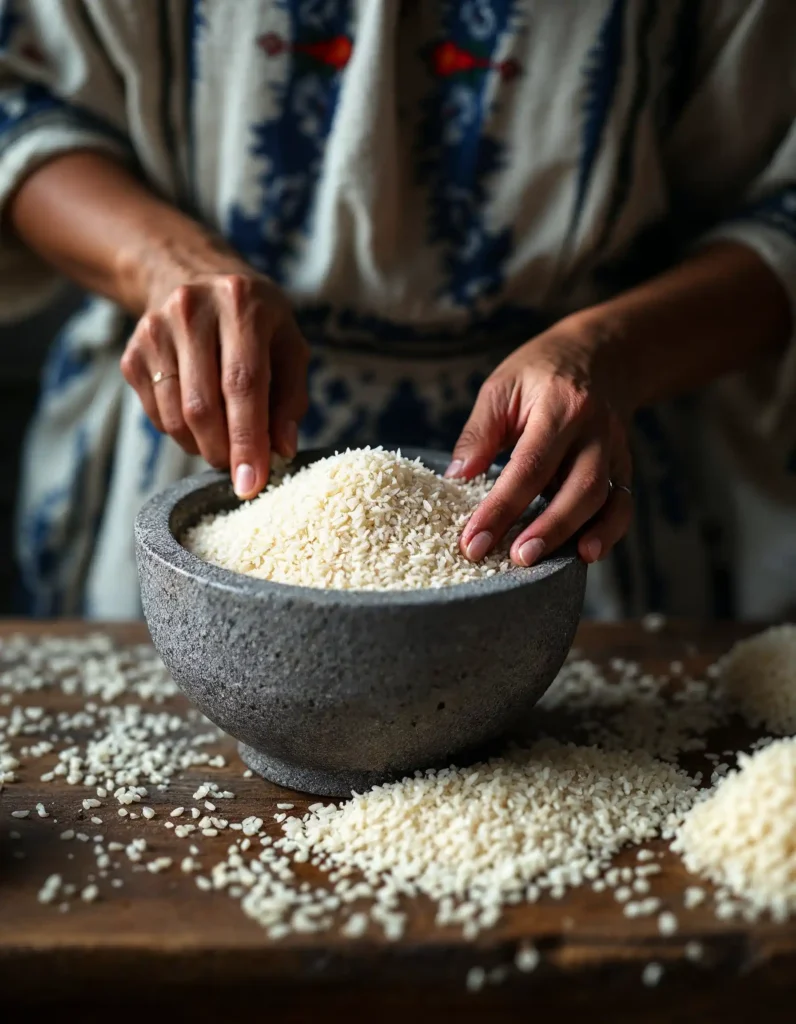
Choosing the Right Molcajete
Identifying Authentic Volcanic Stone Molcajetes
Not all molcajetes are created equal. Authentic molcajetes are made from volcanic basalt, a porous and durable stone that provides the perfect grinding surface. To ensure you’re buying a genuine product:
- Check the Material: Authentic molcajetes are rough and porous. A smooth or polished surface is often a sign of a fake.
- Test the Weight: Volcanic stone molcajetes are heavy. A lightweight version might be made from cement or other synthetic materials.
- Inspect the Surface: Look for small, natural holes and pits characteristic of volcanic rock.
- Perform the Water Test: Sprinkle water on the surface. If it absorbs quickly, it’s likely authentic; if it beads up, it may not be volcanic stone.
Authentic molcajetes not only perform better but also have a longer lifespan than their imitations.
Pros and Cons of Different Sizes and Materials
Molcajetes come in various sizes and materials, each suited for specific uses and kitchen spaces. Here’s a breakdown:
Sizes:
- Small (6-8 inches): Perfect for single servings or small batches, like a personal guacamole portion.
- Medium (8-10 inches): Ideal for most home cooks, accommodating larger batches of salsa, guacamole, or spice blends.
- Large (10-12 inches or more): Best for parties or large families, offering more room for grinding and mixing.
Materials:
- Volcanic Basalt: The best option for traditional use due to its porous and rough texture.
- Granite: Offers a smoother surface, better for wet mixtures like pestos but lacks the authenticity of volcanic stone.
- Ceramic or Marble: Non-porous and easy to clean but primarily decorative and less effective for grinding.
When choosing a molcajete, consider how often you’ll use it and what you’ll be making. A medium-sized, volcanic stone molcajete is the most versatile option for most kitchens.
Where to Buy Authentic Molcajetes
To ensure quality and authenticity, it’s crucial to purchase your molcajete from reputable sources. Here are some recommendations:
- Specialty Mexican Markets: Local markets or stores specializing in Mexican goods are great places to find authentic molcajetes.
- Online Retailers: Websites like Etsy or artisan shops often offer handcrafted molcajetes from Mexico. Be sure to read reviews and verify the seller’s authenticity.
- Cultural Festivals or Fairs: Many cultural events feature stalls selling traditional cookware, including molcajetes.
Look for certifications or guarantees of authenticity when purchasing online to avoid counterfeits. Investing in a high-quality molcajete ensures that you get the full benefits of this traditional tool.
FAQs About Molcajetes
What Food is Served in a Molcajete?
A molcajete is not just a tool for preparation—it can also serve as a unique and rustic serving vessel. Its natural ability to retain heat or cold makes it ideal for presenting certain dishes. Common foods served in a molcajete include:
- Molcajete Mixto: A popular Mexican dish featuring grilled meats, chorizo, cheese, and vegetables, served in a hot molcajete to keep everything sizzling.
- Salsas: Freshly made salsa is often served directly in the molcajete, preserving its authenticity and allowing diners to appreciate its traditional preparation.
- Queso Fundido: Melted cheese mixed with peppers or chorizo is sometimes served in a heated molcajete to maintain its gooey texture.
The molcajete adds both flavor and presentation value, making it an integral part of the dining experience.
What Do You Make in a Molcajete?
The versatility of the molcajete allows you to make a wide variety of dishes and ingredients. Some popular uses include:
- Guacamole: The classic Mexican avocado dip, with a perfect balance of creamy and chunky textures.
- Salsas: Traditional salsa verde or salsa roja, ground fresh for robust flavors.
- Spice Pastes: From Mexican adobo to Indian curry pastes, the molcajete is ideal for blending aromatic spices.
- Marinades: Combine herbs, spices, and liquids to create flavorful marinades for meats and seafood.
- Global Condiments: Items like pesto, hummus, and chutneys can also be prepared in a molcajete for a unique texture.
The molcajete’s ability to combine and grind ingredients makes it indispensable for both traditional and modern recipes.
What Do You Grind in a Molcajete?
Grinding is the molcajete’s primary purpose, and it excels at breaking down both wet and dry ingredients. Commonly ground items include:
- Spices: Whole spices like cumin, peppercorns, and coriander seeds.
- Dried Chilies: Toasted chilies like ancho, pasilla, or guajillo, ground into powder or paste.
- Garlic and Herbs: For flavor bases in sauces, marinades, and soups.
- Nuts and Seeds: Ingredients like almonds or sesame seeds for mole sauces or nut-based condiments.
The grinding process releases the essential oils of these ingredients, intensifying their flavors and enhancing the final dish.
A detailed look into the core ingredients and preparation techniques.
What Is in a Molcajete Bowl?
When a molcajete is used as a serving bowl, it typically holds dishes that highlight its rustic charm and heat-retaining properties. Items commonly served in a molcajete bowl include:
- Hot Dishes: Molcajete Mixto, featuring meats, beans, and cheese, served sizzling.
- Cold Dishes: Guacamole or ceviche, kept cool by the molcajete’s natural stone properties.
- Soups or Stews: Smaller molcajetes can serve as bowls for hearty soups like pozole.
The ingredients in a molcajete bowl often reflect the essence of traditional Mexican cooking, combining bold flavors and textures.
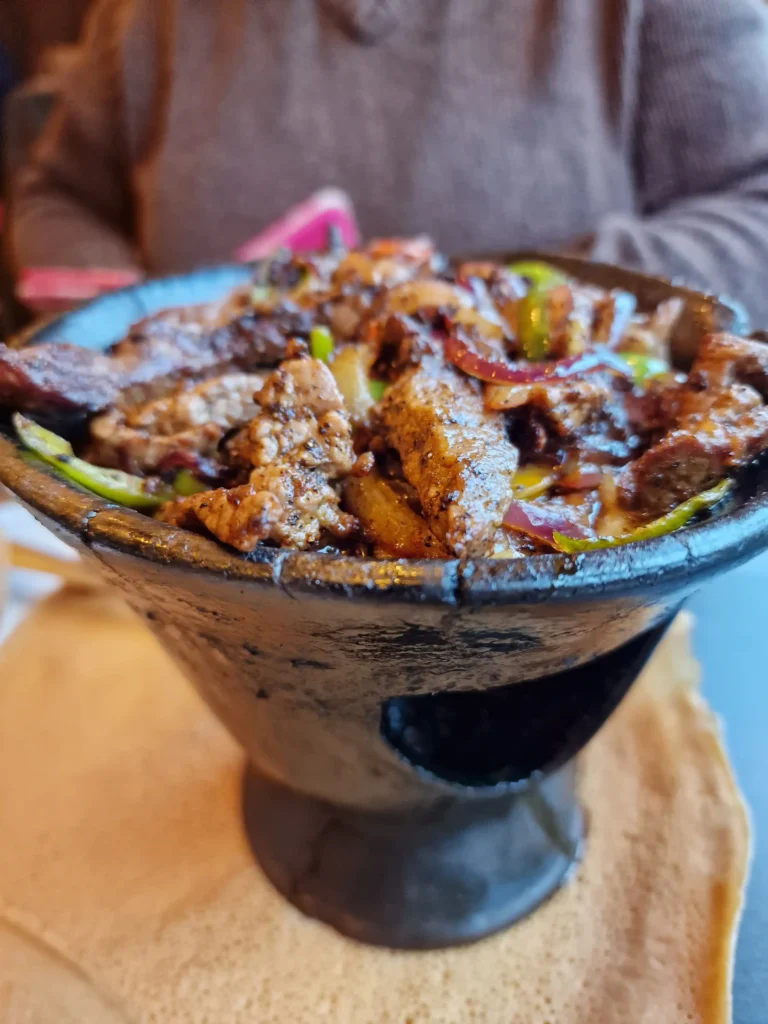
Conclusion
The molcajete is far more than a kitchen tool—it’s a symbol of tradition, craftsmanship, and culinary art. Its roots in Mesoamerican culture and its continued use in modern kitchens speak to its enduring value. Whether you’re grinding spices, preparing a fresh salsa, or serving a sizzling dish, the molcajete enhances every culinary creation with its rustic charm and practical functionality.
From its ability to intensify flavors through grinding to its aesthetic appeal as a serving dish, the molcajete is truly versatile. Its textured surface allows ingredients to blend harmoniously, creating dishes that are rich in both flavor and authenticity. By learning to care for and use a molcajete, you’re not just enhancing your cooking—you’re connecting with centuries of culinary history.
For anyone passionate about food, the molcajete is a worthy addition to the kitchen. It not only elevates the quality of your dishes but also adds a touch of tradition and artistry to your cooking experience. Whether you’re sticking to its Mexican roots or exploring global recipes, the molcajete remains a timeless and indispensable tool.

